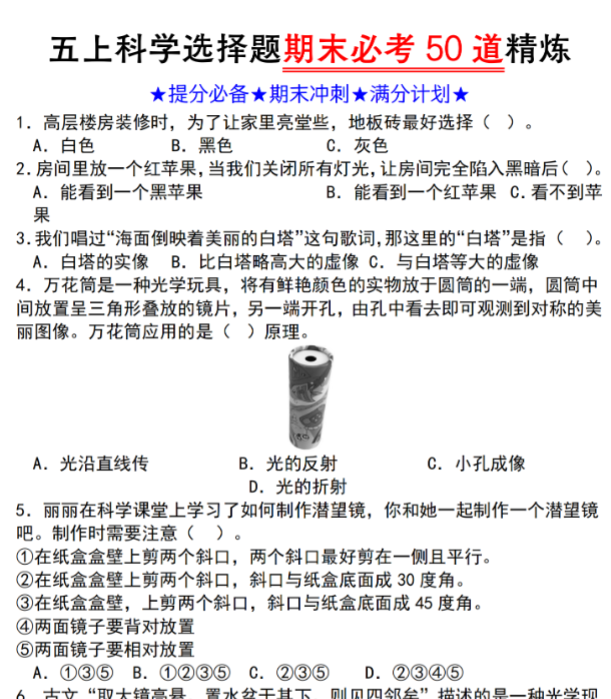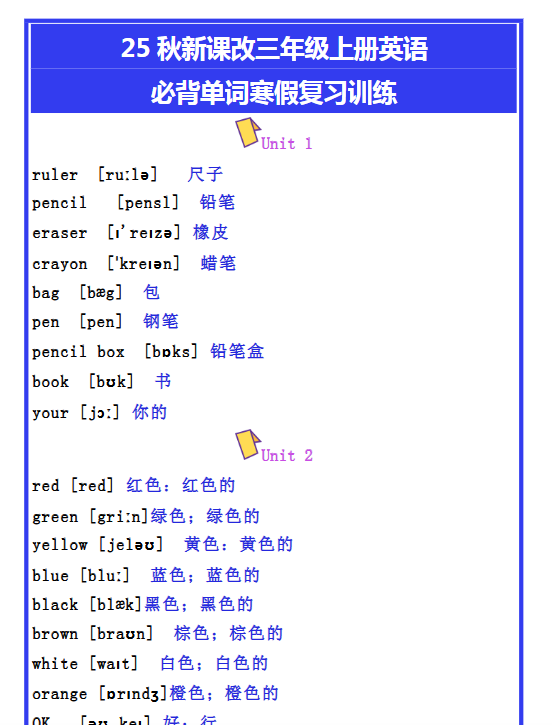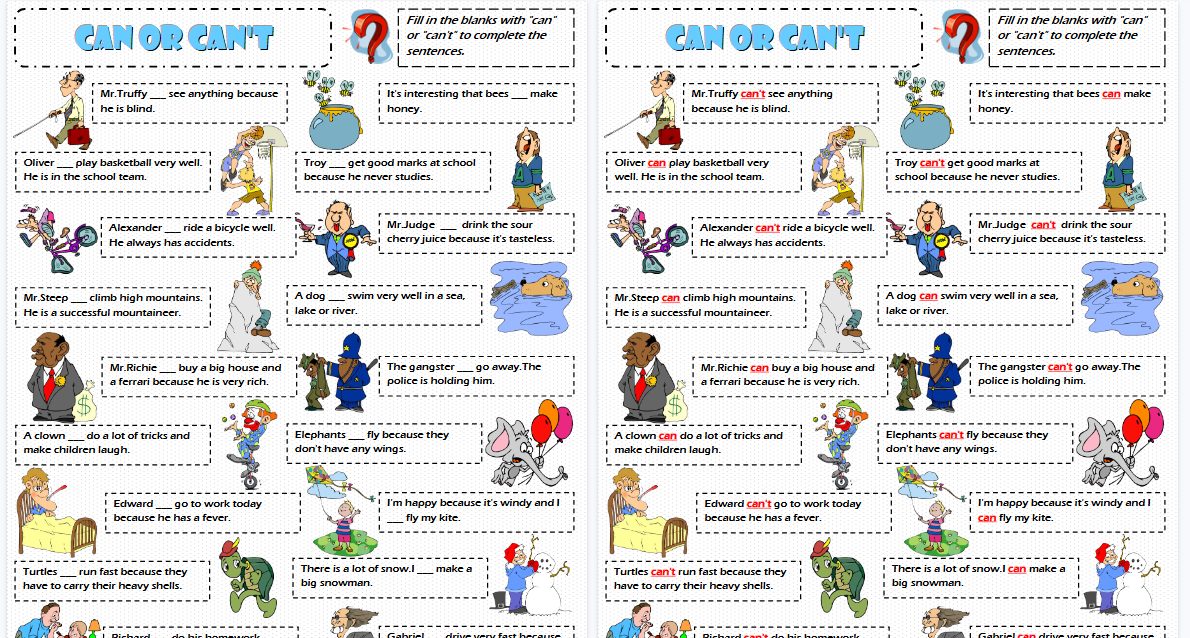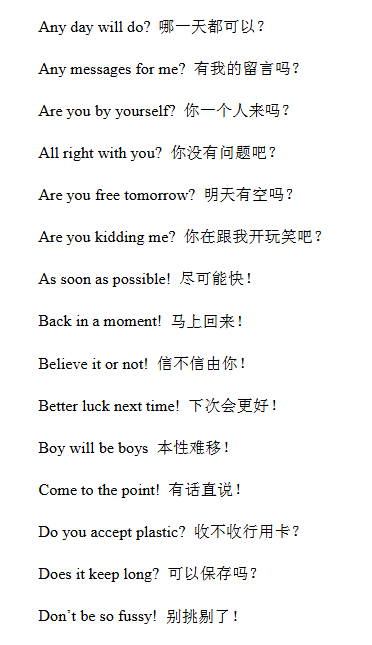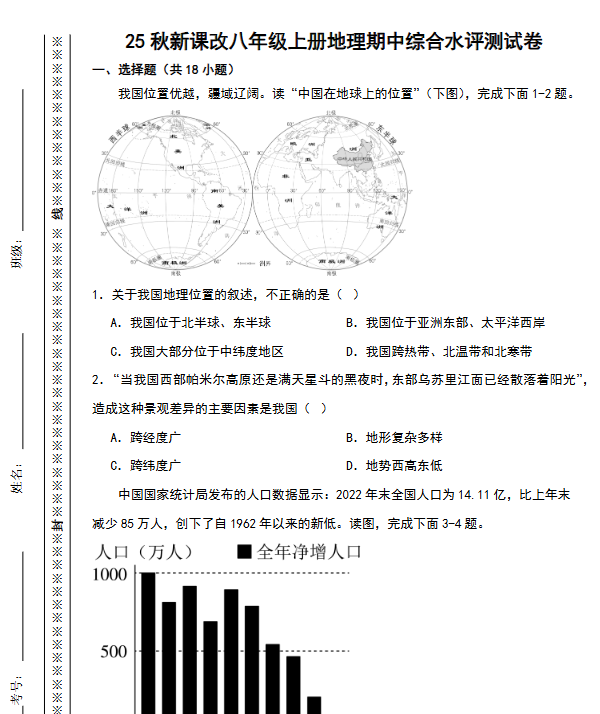25秋新教材人教版英语七上全册语法知识点版

一、时态概述
1. 一般现在时
| 动词形式 | 肯定句 | 否定句 | 疑问句 |
|---|---|---|---|
| 动词一般形式 | 主语 + 动词一般形式 | 主语 + do/does not + 动词一般形式 | Do/Does + 主语 + 动词一般形式? |
| 动词三单形式 | 主语 + 动词三单形式 | 主语 + does not + 动词三单形式 | Does + 主语 + 动词三单形式? |
| 示例 | He likes apples. | She does not like apples. | Does he like apples? |
2. 一般过去时
| 动词形式 | 肯定句 | 否定句 | 疑问句 |
|---|---|---|---|
| 规则动词 | 主语 + 动词过去式 | 主语 + did not + 动词过去式 | Did + 主语 + 动词过去式? |
| 不规则动词 | 主语 + 不规则动词过去式 | 主语 + did not + 不规则动词过去式 | Did + 主语 + 不规则动词过去式? |
| 示例 | He went to the park. | She did not go to the park. | Did he go to the park? |
3. 现在进行时
| 动词形式 | 肯定句 | 否定句 | 疑问句 |
|---|---|---|---|
| 动词现在分词 | 主语 + be动词现在式 + 动词现在分词 | 主语 + be动词现在式 + not + 动词现在分词 | Is/Are + 主语 + 动词现在分词? |
| 示例 | He is playing basketball. | She is not playing basketball. | Is he playing basketball? |
4. 过去进行时
| 动词形式 | 肯定句 | 否定句 | 疑问句 |
|---|---|---|---|
| 动词过去分词 | 主语 + be动词过去式 + 动词过去分词 | 主语 + be动词过去式 + not + 动词过去分词 | Was/Were + 主语 + 动词过去分词? |
| 示例 | He was playing basketball. | She was not playing basketball. | Was he playing basketball? |
5. 一般将来时
| 动词形式 | 肯定句 | 否定句 | 疑问句 |
|---|---|---|---|
| 动词一般形式 | 主语 + will + 动词一般形式 | 主语 + will not + 动词一般形式 | Will + 主语 + 动词一般形式? |
| 示例 | He will go to the park. | She will not go to the park. | Will he go to the park? |
二、语态
1. 被动语态
| 时态 | 肯定句 | 否定句 | 疑问句 |
|---|---|---|---|
| 一般现在时 | 主语 + be动词三单 + 动词过去分词 | 主语 + be动词三单 + not + 动词过去分词 | Am/Is/Are + 主语 + 动词过去分词? |
| 一般过去时 | 主语 + be动词过去式 + 动词过去分词 | 主语 + be动词过去式 + not + 动词过去分词 | Was/Were + 主语 + 动词过去分词? |
| 一般将来时 | 主语 + be动词三单 + 动词过去分词 | 主语 + be动词三单 + not + 动词过去分词 | Am/Is/Are + 主语 + 动词过去分词? |
| 示例 | He is asked to leave. | She is not asked to leave. | Is he asked to leave? |
三、非谓语动词
1. 不定式
| 形式 | 构成 | 示例 |
|---|---|---|
| 肯定式 | to + 动词原形 | to learn English |
| 否定式 | not to + 动词原形 | not to learn English |
| 示例 | I want to learn English. | I do not want to learn English. |
2. 动名词
| 形式 | 构成 | 示例 |
|---|---|---|
| 动名词 | 动词 + -ing | learning English |
| 示例 | I enjoy learning English. |
3. 分词
| 形式 | 构成 | 示例 |
|---|---|---|
| 现在分词 | 动词 + -ing | seeing |
| 过去分词 | 动词 + -ed/-en | seen |
| 示例 | I am seen by everyone. | I am seeing everyone. |
四、情态动词
1. can/could
| 用途 | 构成 | 示例 |
|---|---|---|
| 表示能力 | can + 动词原形 | I can swim. |
| 表示请求 | can you…? | Can you open the window? |
| 示例 | He can play the piano. | Can you play the piano? |
2. may/might
| 用途 | 构成 | 示例 |
|---|---|---|
| 表示可能性 | may/might + 动词原形 | It may rain tomorrow. |
| 表示许可 | May I…? | May I go to the bathroom? |
| 示例 | She might be late. | May I go outside? |
3. must/have to
| 用途 | 构成 | 示例 |
|---|---|---|
| 表示必须 | must + 动词原形 | I must go home now. |
| 表示必须 | have to + 动词原形 | I have to finish my homework. |
| 示例 | You must be quiet. | I have to study tonight. |
五、介词和连词
1. 介词
| 介词 | 用途 | 示例 |
|---|---|---|
| in | 表示在…里面 | in the box |
| on | 表示在…上面 | on the desk |
| at | 表示在…处 | at school |
| 示例 | The book is in the bag. | She is on the table. |
2. 连词

| 连词 | 用途 | 示例 | |
|---|---|---|---|
| and | 表示并列 | I like apples and oranges. | |
| but | 表示转折 | I like apples but I do not like oranges. | |
| or | 表示选择 | Do you like apples or oranges? | |
| 示例 | I eat apples and bananas. | She likes apples but she does not like bananas. | Do you want tea or coffee? |
© 版权声明
文章版权归作者所有,未经允许请勿转载。
THE END


